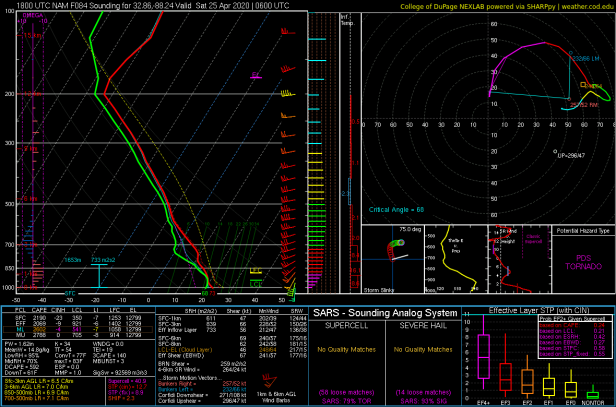Shaggy
Member
It’s amazing how poorly NWP have done with these next 2 threats
Not digging Raleighs mention of a triple point traversing the Piedmont. That makes me pucker sometimes as well. I hate that MHX seems to pass on afternoon discos some days. Wonder why that would be?

















